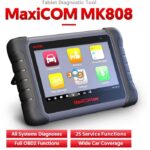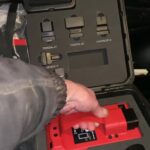Autel drones, unlike some DJI drones, generally do not require airspace unlocks in the same way. While Autel drones do have built-in safety features like geofencing, these are typically less restrictive and can often be overridden by the pilot, assuming they are following all applicable regulations and have the necessary authorizations. This difference in approach to airspace management is a key factor for pilots who prioritize flight flexibility.
Pilots often choose Autel drones specifically for operations in areas where DJI’s geofencing restrictions might prove challenging. The ability to bypass these restrictions allows for greater operational freedom, particularly in complex or rapidly changing airspace environments. However, this flexibility comes with the responsibility of ensuring all flights are conducted safely and legally. Pilots must independently verify airspace regulations and obtain any required permissions before flying.
While Autel provides fewer automated airspace restrictions, it’s crucial to remember that legal and safety requirements still apply. Operating an Autel drone near airports, sensitive infrastructure, or in restricted airspace still requires adherence to local laws and regulations. Pilots should consult resources like the FAA’s B4UFLY app in the US or similar resources in other countries to determine airspace restrictions and requirements before each flight. The lack of a DJI-style unlock system does not absolve the pilot from their responsibility to fly safely and legally.
Autel’s approach empowers experienced pilots who understand airspace regulations and prioritize operational flexibility. By placing more control in the hands of the pilot, Autel drones cater to specific needs and workflows where autonomous restrictions might be hindering. However, this approach underscores the importance of pilot knowledge and responsibility in ensuring safe and compliant drone operations.


